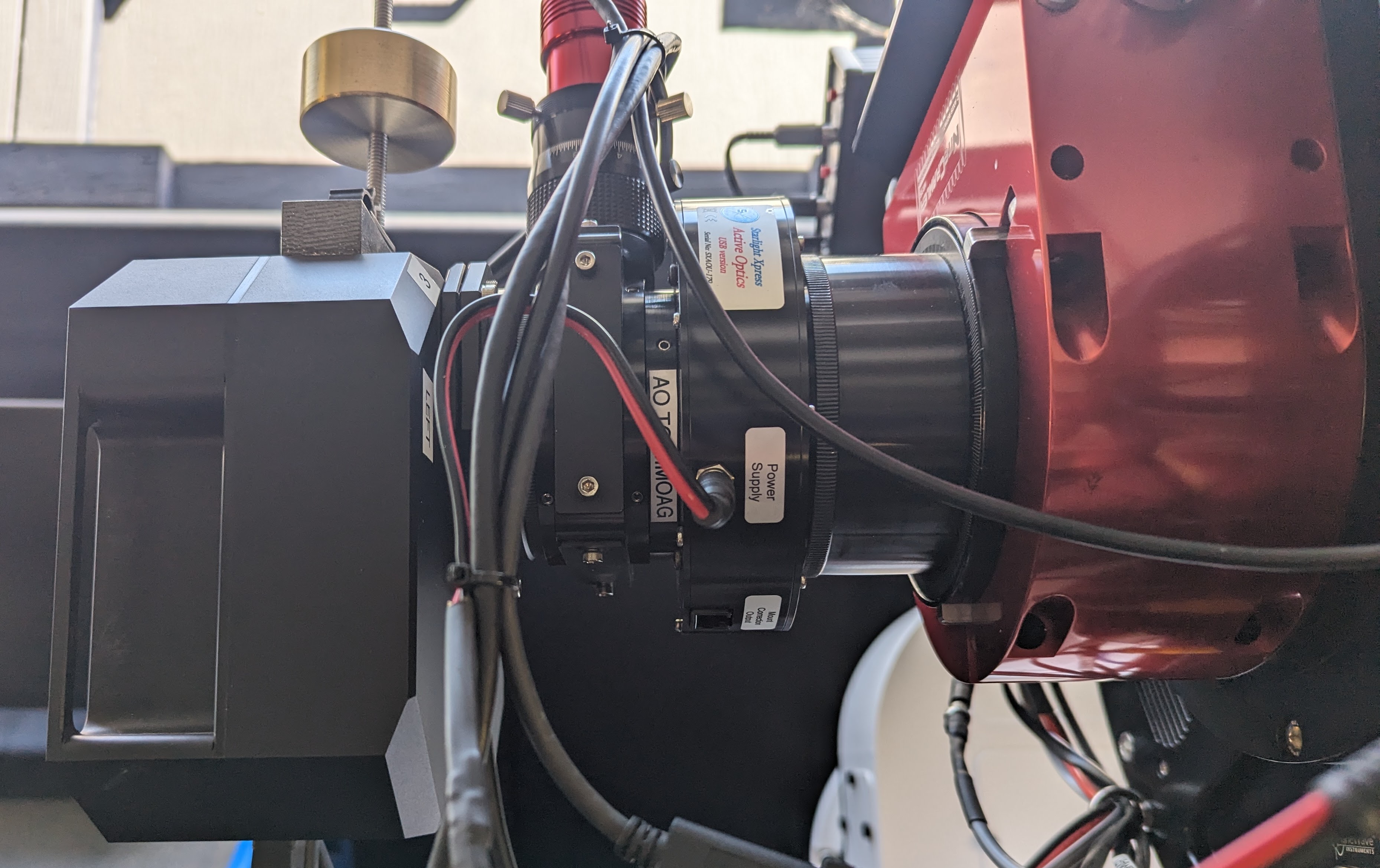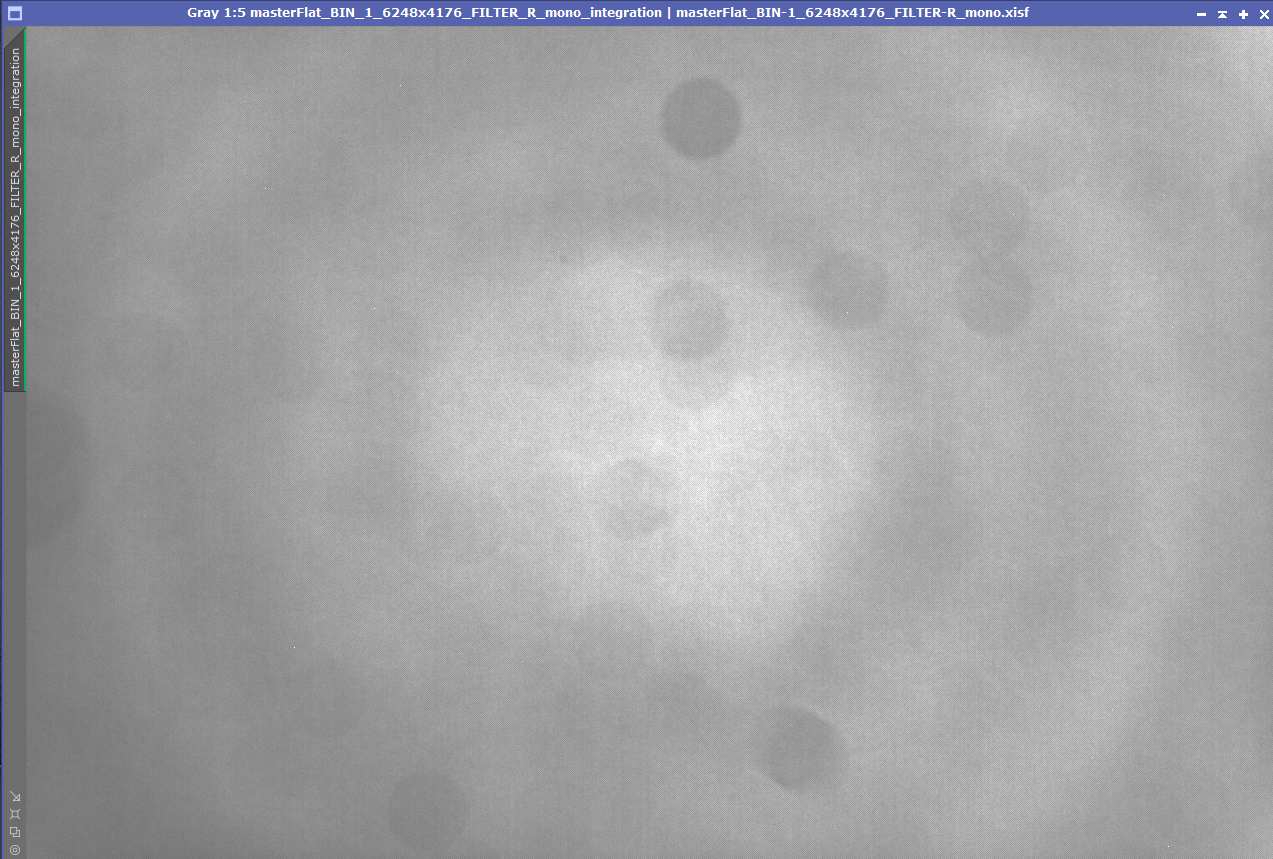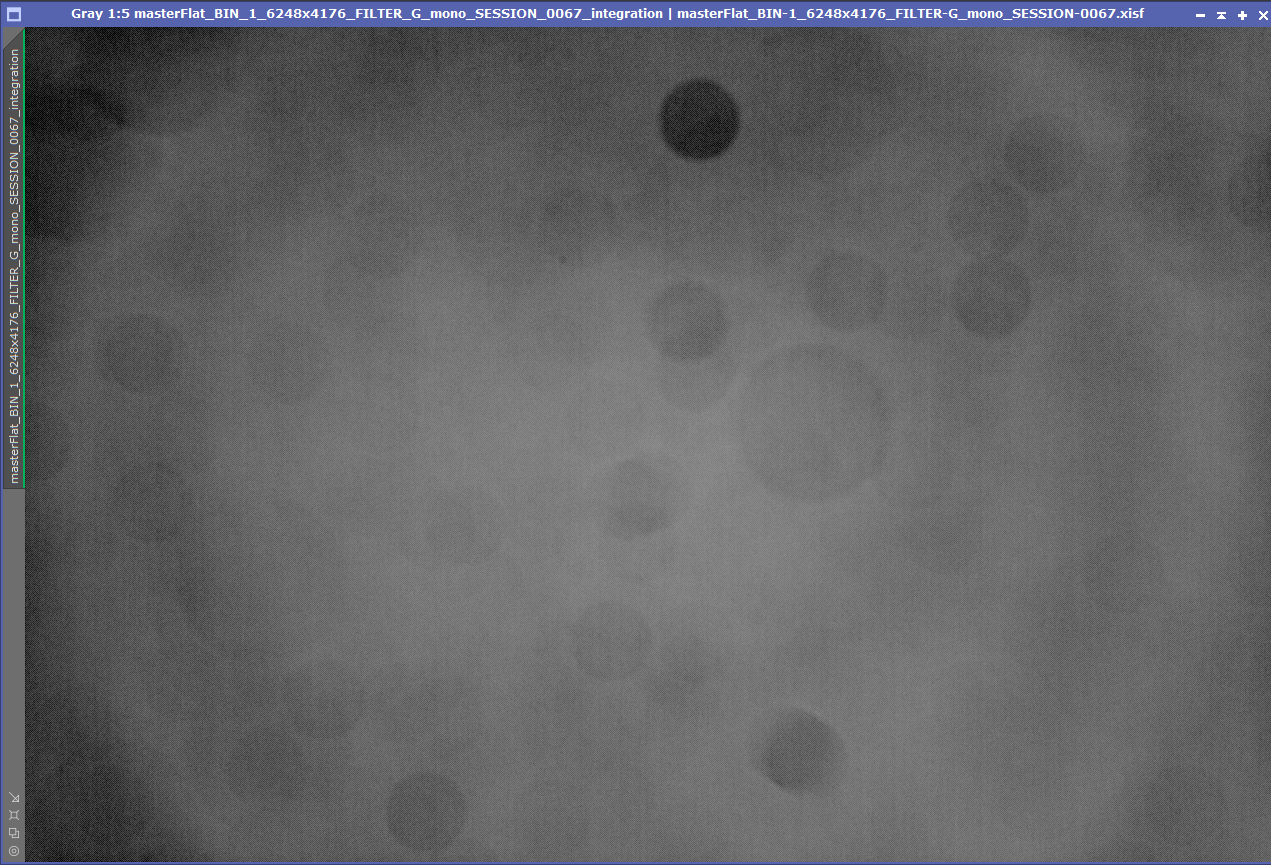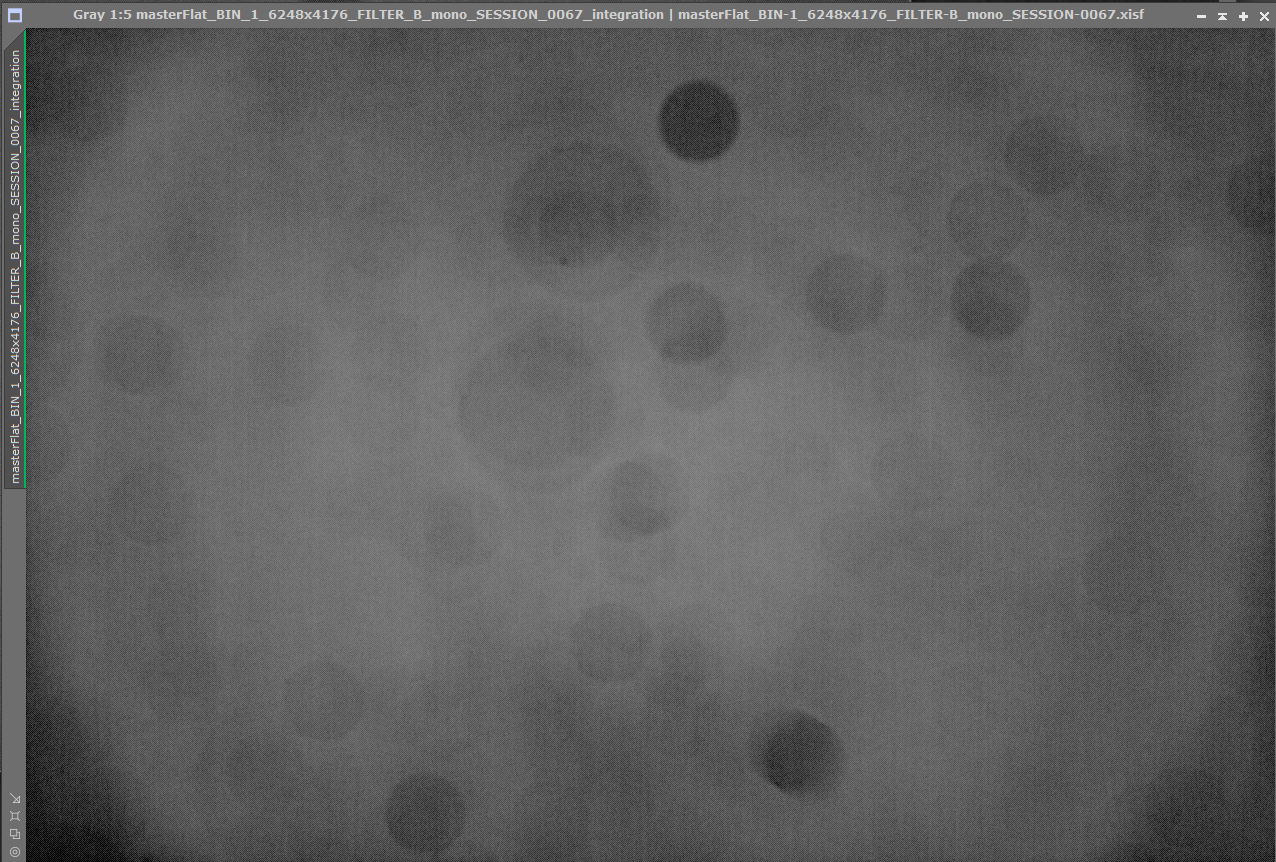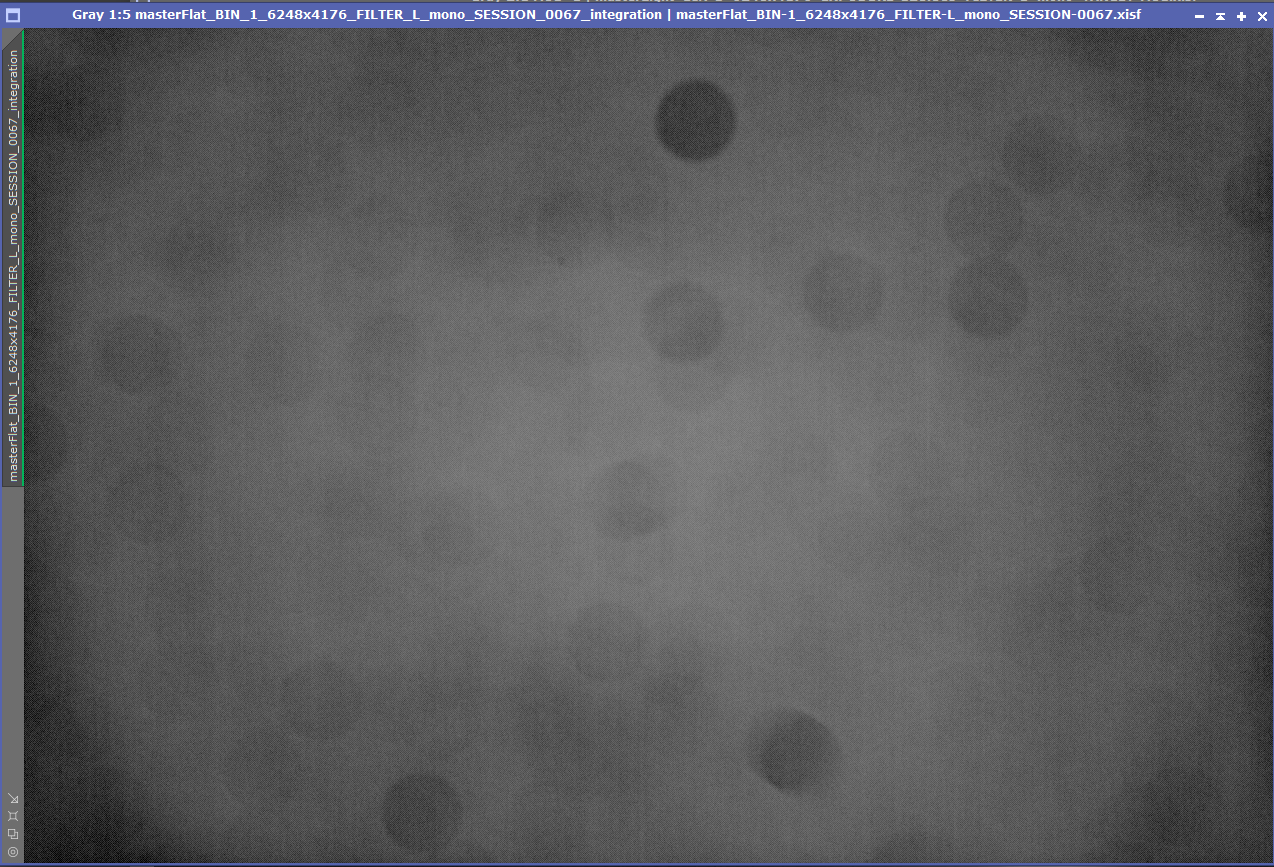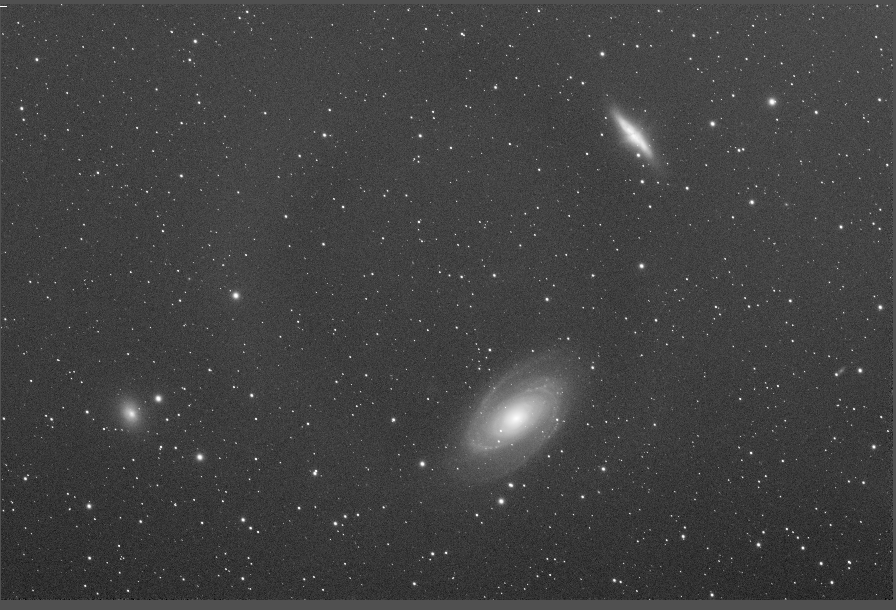Kevin Dixon:
have used the SX AO unit for years with my SCTs and get great results with it. I control the AO through PHD2 guiding software which works quite well
I have two of these, a main unit and a spare. I have used them on a TOA 130/Paramount ME, an AGO 10 inch iDK/Paramount ME, and currently on a Planewave CDK 14/Planewave L350. They work great but do take a bit of getting used to in terms of setup and operation. Once that is done they work very well.
I have used the original SBIG mirror type AO as well back in the day but SBIG is kind of yesterday's news and I have not used one of theirs in years. The SX unit will work with pretty much any camera and OAG if you have the right adapters, usually from Precise Parts.
I chose it because it works great with PhD. That is mostly because one of the original PhD programmers, Andy Glasso, had one and that was used to develop the support for it within PhD.
I would ignore all the nonsense about "high speed guiding" using teeny sub-second guide exposures to give you clearer images.
It will do nothing for crap seeing. That will cause more problems than it solves. Treat it as an "optical guider" that takes some of the load off the mount. It is easier to move a one oz. glass plate precisely than a 50-150 pound mount. I typically use guide exposures between 5 and 7 seconds with my CDK (2563 mm) but that is with a high end direct drive mount that already has great tracking. In fact, it will help with a poor mount but will not totally fix a bad mount because that would involve the aforementioned short guide times that are best avoided for many reasons.
The bottom line is that it makes guiding less "fussy" even with a good mount and with a less than ideal mount may help at least some, although that has it's limits. Current setup with Nightcrawler and Astrodon MMOAG and Moravian camera shown:
FYI, on a good night I typically see in the vicinity of .15 arcsec, on an average night maybe .25 arcsec and on a poor night about .35 or more. Of course that is more seeing and/or wind than anything and is also at a good site with high end mount and optics.
I am actually a bit surprised more people don't use these but then most people probably use refractors that are well under 1000 mm where AO would not be of much benefit. I would put the break point where they are worthwhile at about that focal length.
